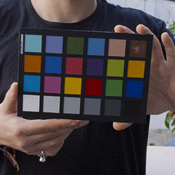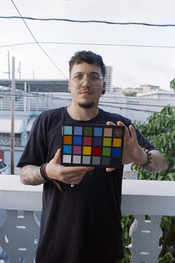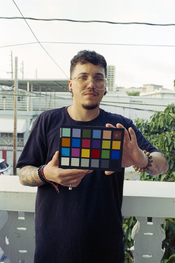hwy17
Member
No. It can't. Self-replenishnment from working solution can't ever (even theoretically) cause excess developer strength.
It can't even bring the strength of your replenished working solution to the strength of the original working solution. Unless you are doing 100% replenishment (before somebody asks, yes, 99.95% would be fine as well), of course.
But, you are probably more concerned whether you are replenishing more than you should. The answer again is no. So, what you really are asking is whether you are "replenishing" more than what manufacturer thinks is an acceptable drift from proper developer strength for a home user where they can blame the user and not their false advertising for less than optimal results. To which, obviously, there is not a definitive answer.
The excess development strength concern came from two beliefs I held:
1. That replenishment was always done to with working strength solution.
2. That the developer included in the kit was the same flexicolor develeoper replenisher that requires being aged with a starter or it can be too strong at regular fresh working strength.
I am still not totally clear about what the correct answer to number 1 is. With commercial volume combination developer replenisher solutions, how does the replenisher mix ratio actually compare to the starting working strength ratio?









